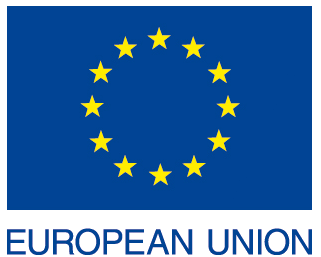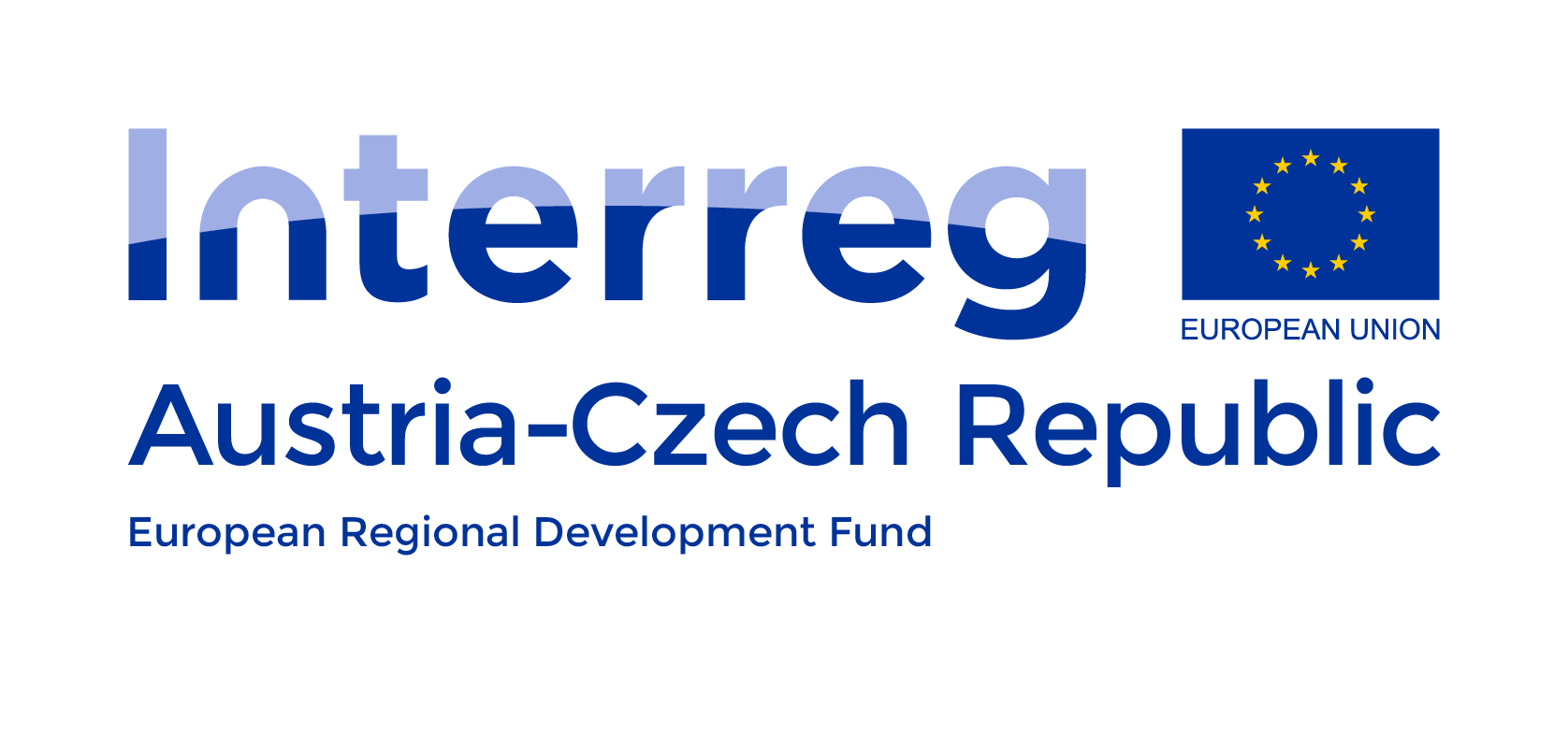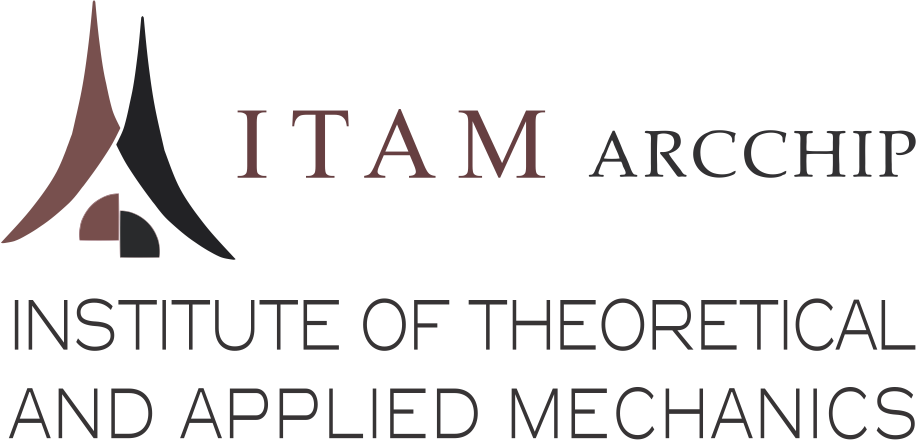June 5th - June 6th, 2019
Telč, Czech Republic
| Jacek Tarasiuk |
 |
| AGH University of Science and Technology in Kraków |
 |
| Over 10 years I was working in material science. My scientific subjects included: modelling of plastic deformations, texture analysis, X-ray and neutron diffraction, EBSD data treatments and recrystallization processes modelling. After habilitation, for next 10 years, I shifted my scientific attention into biomechanics and bioengineering. My current works concerns on estimation and modelling of bone properties, bone structure and its topology modelling, bone tissue implants design and additive manufacturing applied to biomedical needs. Since five year I am also a head of the Laboratory of Micro and Nano Tomography at AGH University of Science and Technology in Krakow, Poland. |
From real to artificial trabecular bone tissue |
Jacek Tarasiuk, Sebastian Wroński, Jakub Kamiński, Adrian Wit, Maciej Śniechowski
|
|
In recent years, there has been a significant increase in the number of research on high porosity, low weight, high durability and high stiffness materials. Many areas of industry like automotive, aerospace, biomedicine and bioengineering or energy and chemical industry are interested to develop tough and light materials. Especially in medicine, materials with a porous structure are perceived as the most suitable substitute for bone tissue due to its lightness and strength. In most studies on design methods of porous structures with a given properties authors are focused on a periodic structures. Developed basic element (pattern) is multiplicated in space by translation or reflection. This methodology is already quite well developed, and many developed structures are patented. However periodic structure have a fundamental flaw. They are poorly suitable for forming composite objects having an inhomogeneity of structure and mechanical properties. Aperiodic structures do not have this disadvantage. Durable porous materials found in nature - such as bones are always aperiodic (with the exception of honeycomb). The methodology for design and fabrication of aperiodic porous structures will be shown during the speech. Presented methodology was applied to bone tissue implant but it’s not limited to medical application. The same methods and procedures may be applied to design any porous materials. The methods for measure and describe of real trabecular bone tissue will be explained. Some theoretical models to estimate mechanical properties of porous structures will be presented. Finally the real objects produced by additive manufacturing technique of specially designed 3D structures will be presented.
|



